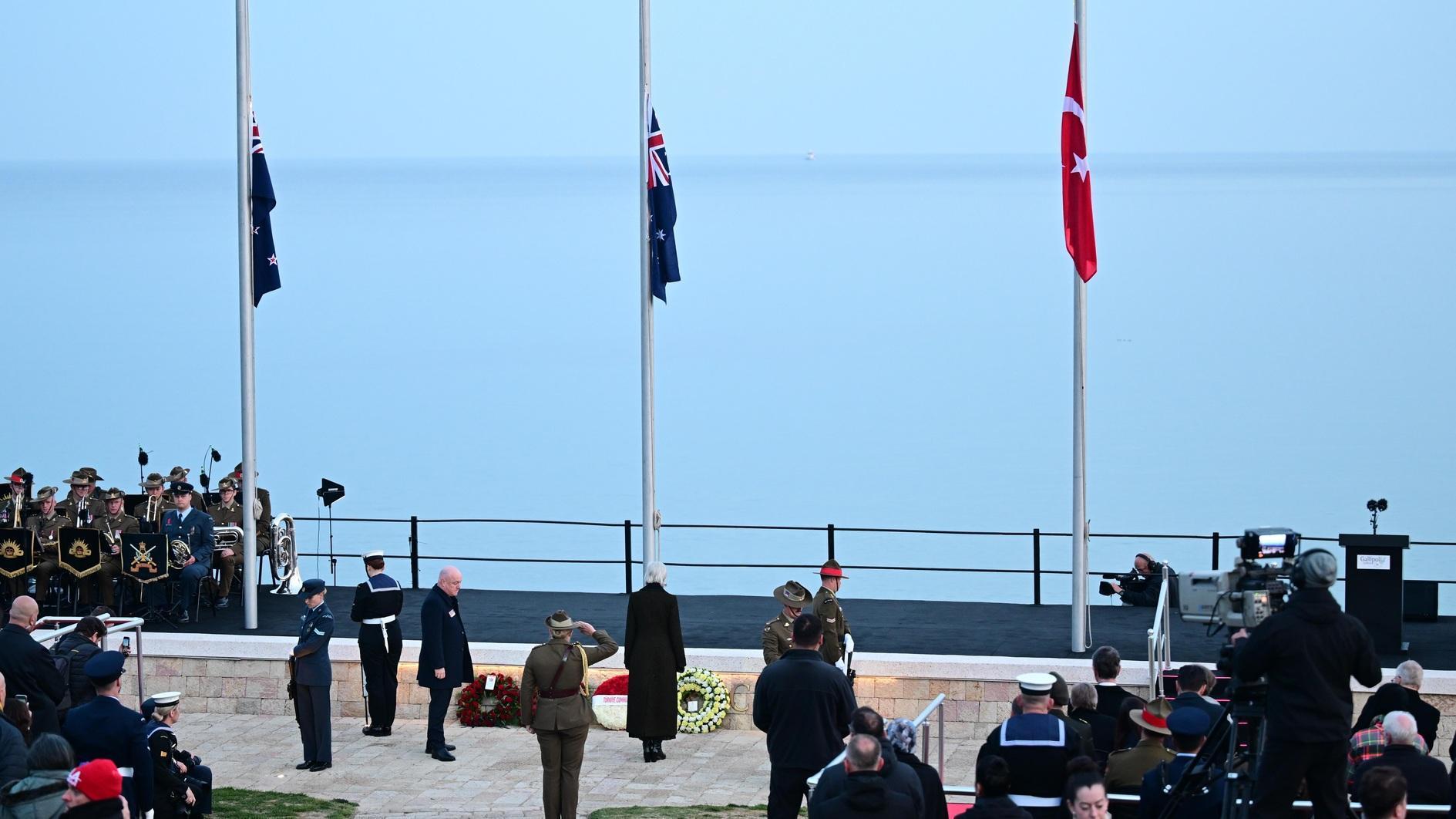US reinforces defenses as Kim authorizes strike
SEOUL

Pentagon will deploy a THAAD missile battery to defend its bases on the Pacific island of Guam. The missile is believed to have a range of 3,000 kilometers or more, which would put all of South Korea and Japan in range. AFP Photo
The United States has scrambled to reinforce its Pacific missile defenses, preparing to send ground-based interceptors to Guam, as North Korea said it had authorized plans for nuclear strikes on U.S. targets.U.S. Defense Secretary Chuck Hagel said Pyongyang’s increasingly bellicose threats combined with its military capabilities represented a “real and clear danger” to the United States and to its allies South Korea and Japan. “They have nuclear capacity now, they have missile delivery capacity now,” Hagel said on April 3. “We take those threats seriously; we have to take those threats seriously.”
The Pentagon said it would send ground-based Terminal High Altitude Area Defense (THAAD) missile-interceptor batteries to protect military bases on Guam, a U.S. territory southeast of North Korea, submarines and bombers. They would complement two Aegis anti-missile destroyers already dispatched to the region. The THAAD system includes a truck-mounted launcher, interceptor missiles and an AN/TPY-2 tracking radar. The missile is believed to have a range of 3,000 kilometers or more, which would put all of South Korea and Japan in range and possibly also Guam.
‘At least six months to produce a nuclear bomb’
Shortly after the THAAD announcement, the North Korean military said it had received final approval for military action against the United States, possibly involving nuclear weapons. “The moment of explosion is approaching fast,” the North Korean military said, warning that war could break out “today or tomorrow.” The U.S. aggression would be “smashed by [...] cutting-edge smaller, lighter and diversified nuclear strike means,” it said in a statement.
While few of the North’s threats have been matched with action, reports yesterday said it appeared to have moved a medium-range missile, capable of hitting targets in South Korea and Japan, to its east coast. “We are closely monitoring whether the North moved it with a view to an actual launch or just as a show of force against the U.S.,” Yonhap news agency quoted a South Korean official as saying.
Several nuclear experts familiar with North Korea’s program said it would probably take the North Koreans about half a year to get the Yongbyon research reactor up and running and that it may take years to produce significant new atom bomb material. This week, the North warned it would reopen its mothballed Yongbyon reactor.
“If they restart the reactor, which I estimate will take them at least six months, they can produce about six kilograms of plutonium (roughly one bomb’s worth) per year,” Siegfried Hecker, a Stanford University nuclear scientist, said in an interview on April 2.
















